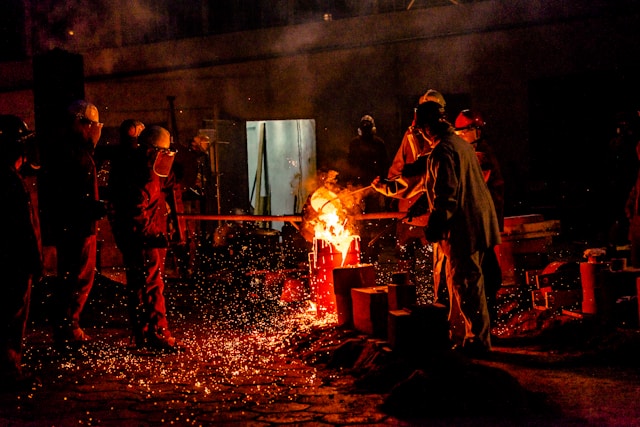Using a vacuum excavator to excavate on your property is a great way to remove heavy debris from your land. Vacuum excavators also can clean holes in your land. Vacuum excavators are also known as suction excavators.
Line, sign, and pole installation
Whether installing a signpost, a pole, or a line, hydro excavation is the best way to get the job done. It is an environmentally friendly process and cuts down on construction costs and safety hazards. The process uses a combination of pressurized water and an air vacuum. The water liquifies the soil while the vacuum breaks it into a slurry. This slurry is transferred to a large debris tank. The vacuum then removes the slurry and the dirt from the soil. The slurry is then disposed of off-site. Hydro excavation reduces the risks of damage to underground facilities. This means less damage to your property and lower insurance costs. Also, fewer repairs will make your project go quicker.
Pipe and sewer rehabilitation
Hydro excavation for pipe and sewer rehabilitation is a great way to save time and money while getting the job done faster. It is also less destructive than traditional excavation methods. Hydro excavation uses high-pressure water to break up soil and debris. The slurry from the hole is then transported to a debris tank. This eliminates large piles of dirt and debris and prevents soil deposits from clogging stormwater systems and streetscapes.
Hydro excavation allows a contractor to replace sewer lines and pipes more quickly. This saves time and money and eliminates the risks associated with working with underground utilities. It also minimizes the amount of backfill and restoration work needed. Traditional excavation methods are dangerous, costly, and labor-intensive. They also often lead to damages and may not be salvageable. In addition, heavy machinery can pose safety risks to workers.
Safety from damaging underground utilities
Whether you are preparing for construction or need to check an underground facility for damage, hydro excavation is a safe and efficient way. In addition to providing safety, this method also helps minimize the amount of backfilling and other costs associated with excavation. Hydro excavation uses pressurized water and a vacuum to break up the soil. This allows the utility to be revealed, revealing buried wires, pipes, and other underground utilities. It also helps to avoid damage to the underground utility and provides for installing new lines and repairing existing lines.
Performance needs of hydrovac
Regardless of your industry, there are specific performance needs that you must consider before purchasing a hydro-vac. There are several different aspects that you will need to look at, including weight regulations. The weight of a hydro-vac can significantly impact the efficiency of your excavation project. Using the wrong type of equipment can cause damage to your job site, causing costly delays and a loss of productivity. In addition to the machine’s weight, you will also need to consider the size and location of your dig site. This can affect the model of the hydro-vac you purchase. In addition, you will need to consider the size of the debris tank. The tank size will depend on the load of debris that you will be removing from the site.
Cost of hydro excavation
Hydro excavation is a safe, cost-effective, and fast method of utility excavation. This method combines pressurized water with a vacuum system to remove soil and debris. The pressurized water breaks up hard ground and liquefies dirt, which is then vacuumed into an empty tanker. Traditional excavation methods involve heavy machinery and multiple workers working for several days. The use of hydro excavation is becoming more commonplace. This is because of the need to excavate around pipes, cables, and other utilities. The cost of hydro excavation will vary depending on the project. A small hydro-vac vehicle with one operator will start at around $125 an hour. This cost can be compared to using mechanical buckets, which are less than half the price of a hydro-vac.




